First, here are the weights of each animal as of April 30, 2016:

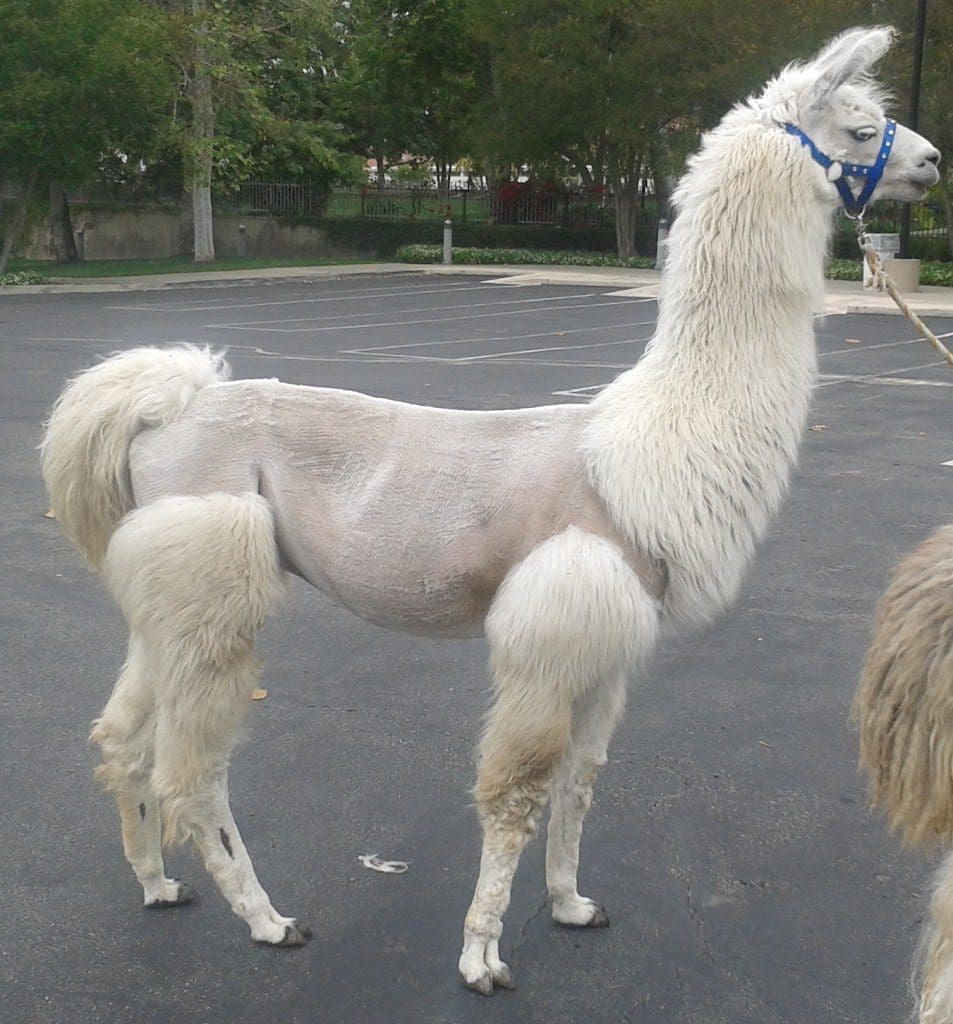
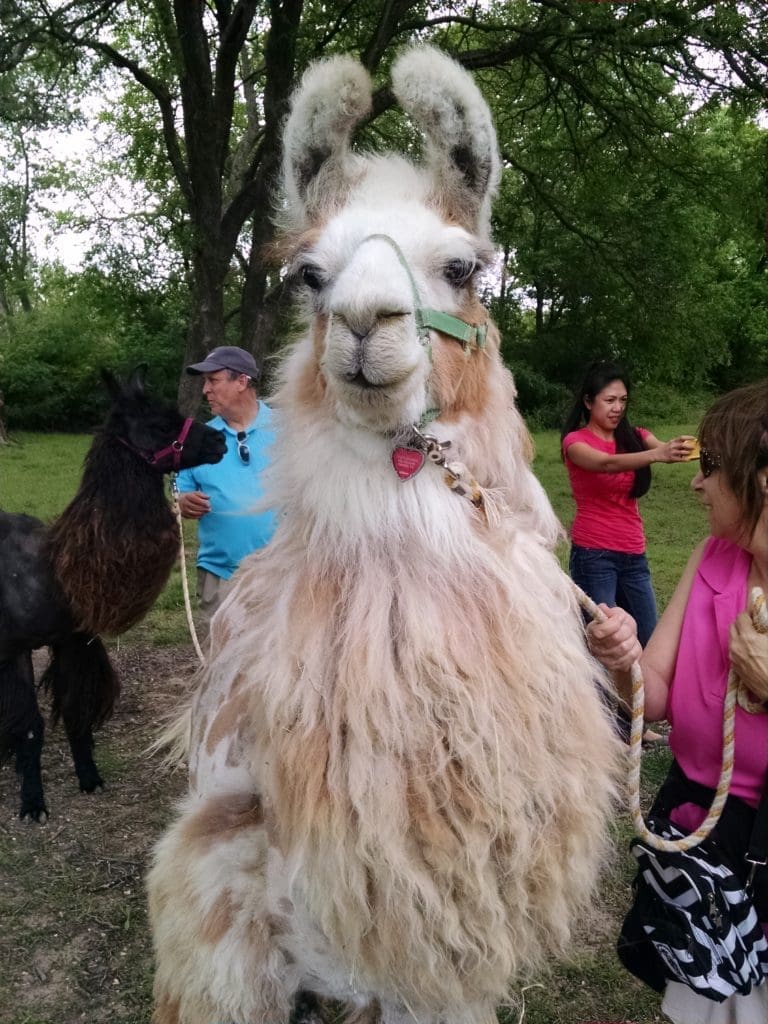


Add a decimal between the first and second numbers in each animal’s weight. For example, a 329-pound llama needs 3.29 pounds of hay. See how easy decimals are?
Using your answers to Question 1, list the numbers so that the decimal points are lined up. Perform standard addition, remembering to put the decimal point in your answer. Are you surprised by the total?
Divide 1,800 by your answer to Question 2 to determine when you need to reorder two more bales of 3’x3’x8′ hay!
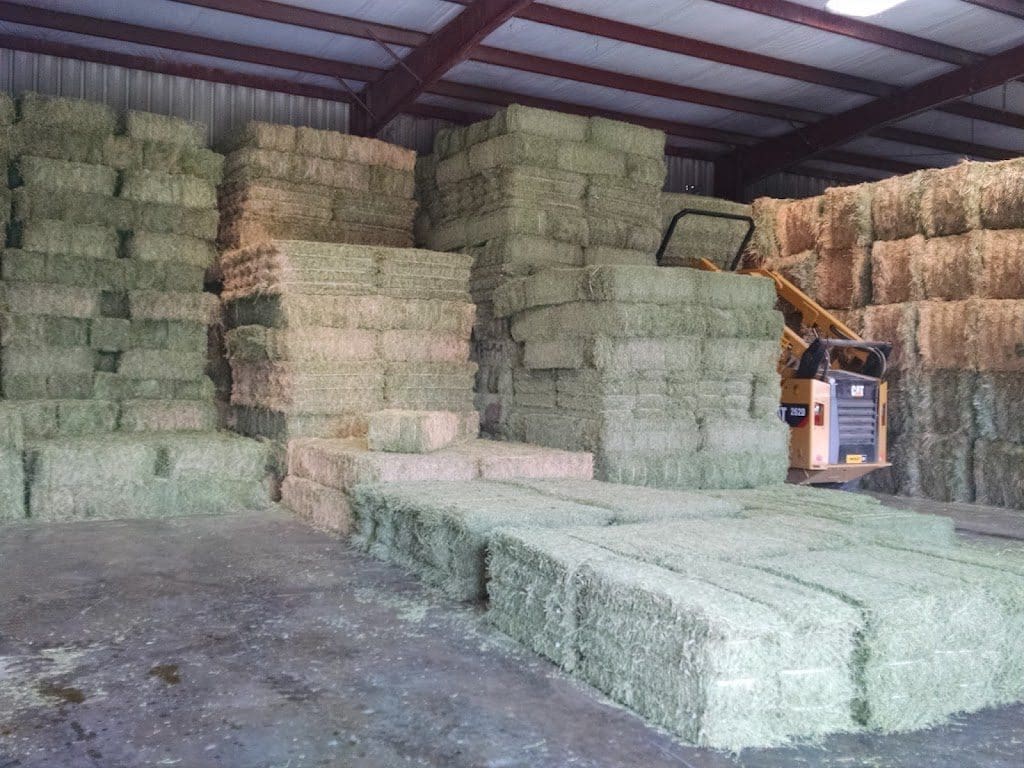
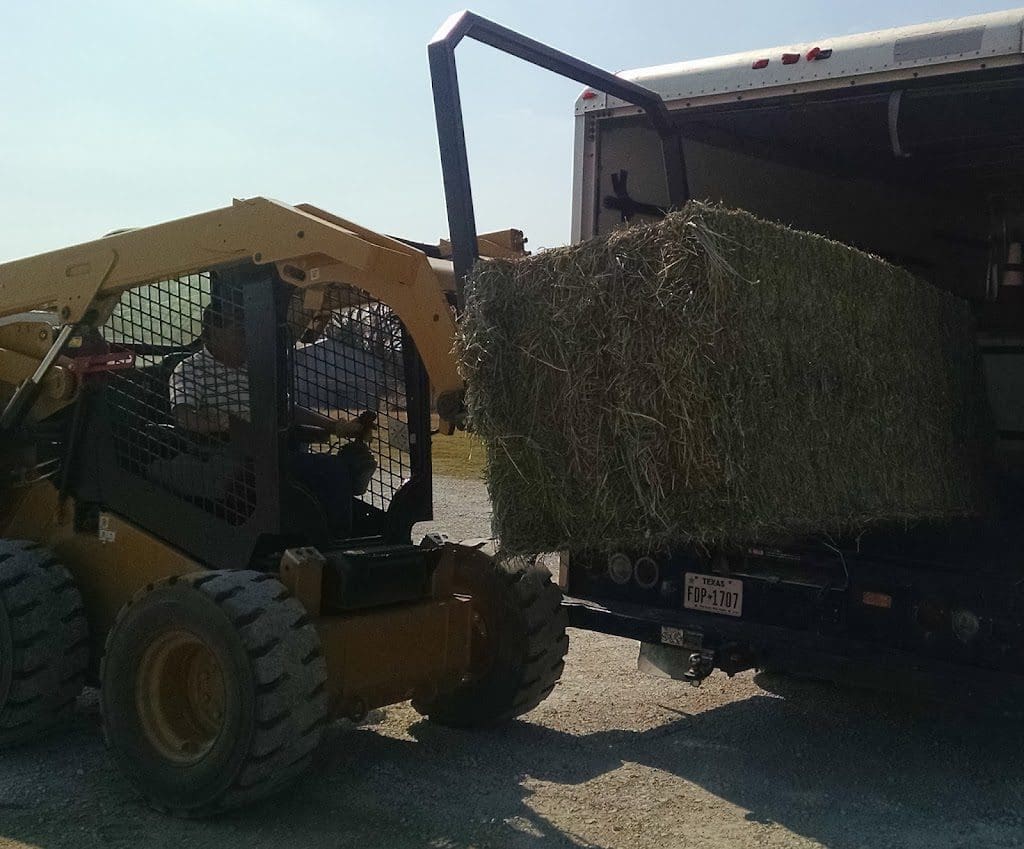

Mama Llama purchases hay from a feed store in Texas, located one hour from her ranch. Of course there are closer feed stores, but only one in her region carries the variety of hay that her spoiled llamas like: orchardgrass/alfalfa. Most llamas, and horses, cows, sheep, goats, alpacas, etc., eat local hay called “coastal,” also known as Bermuda Grass. Mama Llama’s pack considers coastal hay only good for bedding or as a place to deposit their llama beans! Actually, the difference in taste between coastal hay and orchardgrass/alfalfa is like the difference between hamburger and steak. It seems that the llamas of ShangriLlama have refined taste buds!
But it’s not just the taste that makes orchardgrass/alfalfa more satisfying; it’s also richer in nutrients. Take a look at that comparison photo!
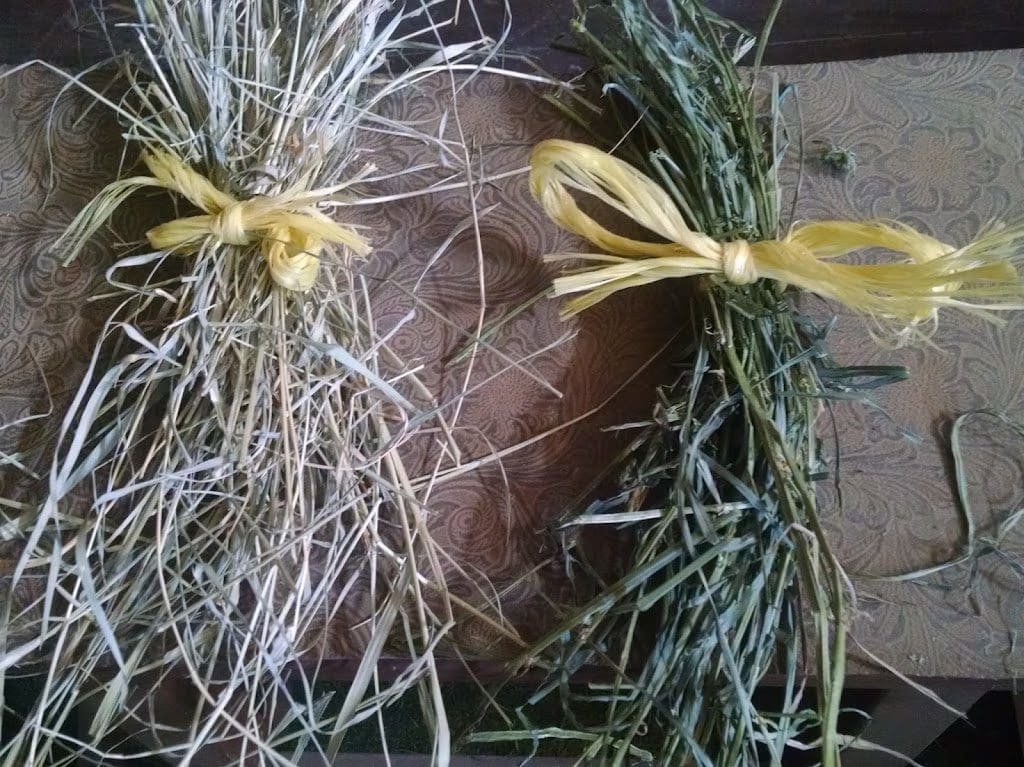
If you were a llama, which hay would you rather eat: the pale hay or the dark green, rich leaves and stems? That’s why Mama and Papa Llama drive so far for “the good stuff.”
This nutritious hay is loaded on very large trucks and driven to Texas from Colorado, New Mexico and Arizona. Right now, you might be wondering whether llama hay is costly. It’s not, at least not when it’s purchased in bulk. Two premium 3’ x 3’ x 8’ bales of orchardgrass/alfalfa cost a total of $308.00, which is just $154.00 per bale. (You’ve done enough math today!)
To ensure that each llama receives the correct amount of hay to maintain his body weight, Mama Llama uses a very large scale to measure portion size and to periodically weigh each llama. Here are pictures of this essential llama tool:
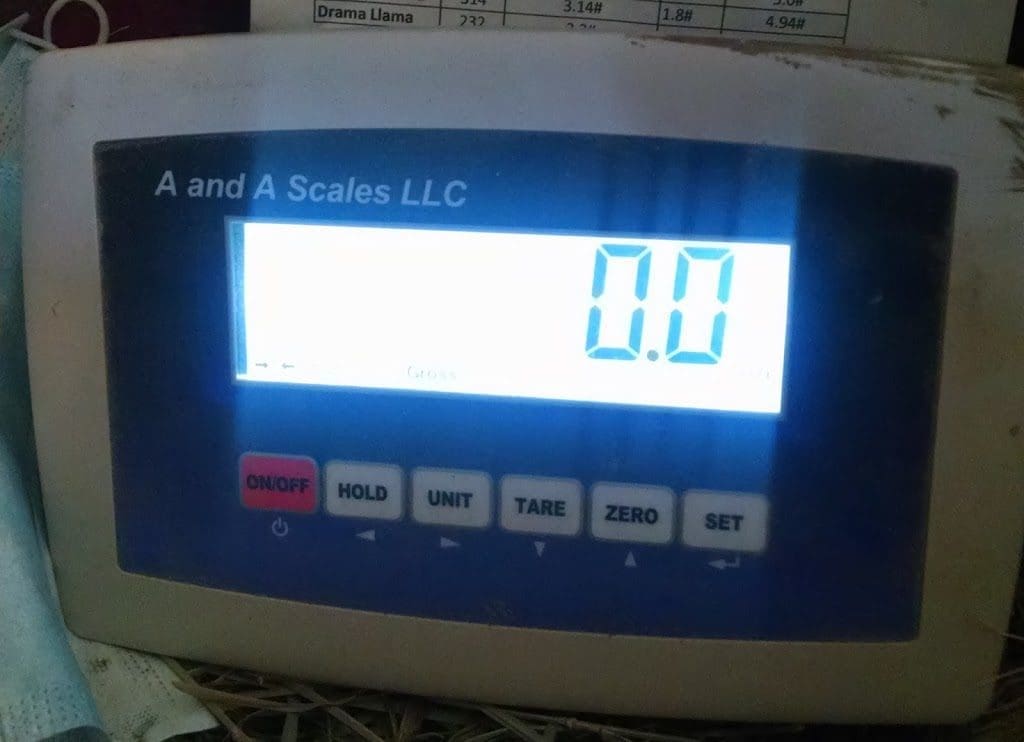
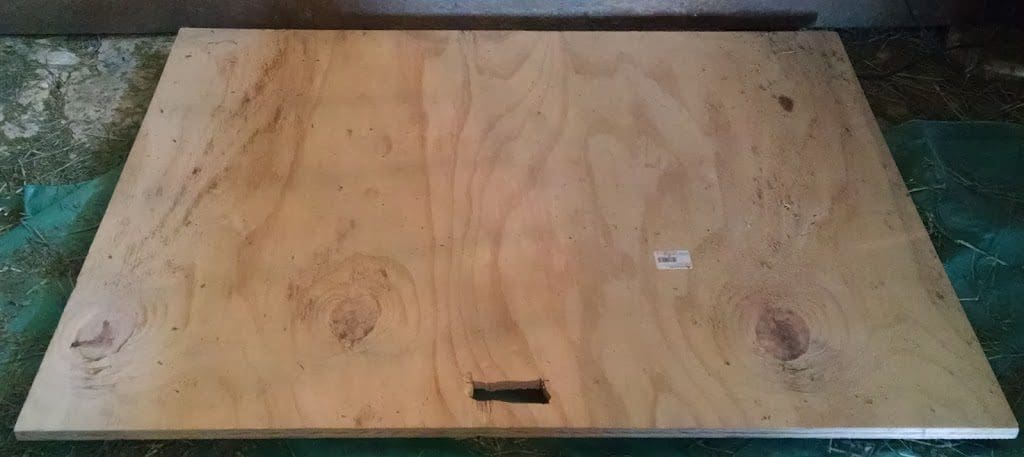

Using this scale, each llama receives a bucket full of just the right amount of hay to keep his figure perfect. Como T. Llama, however, prefers his hay served on the floor.
During your next animal encounter–whether that’s in the Dallas area at Shangrillama, or at a zoo experience near you–take a good look at the grass the animals are eating. In most cases, the greener the grass, the more nutritious it is.
Happy Trails from Mama Llama!
